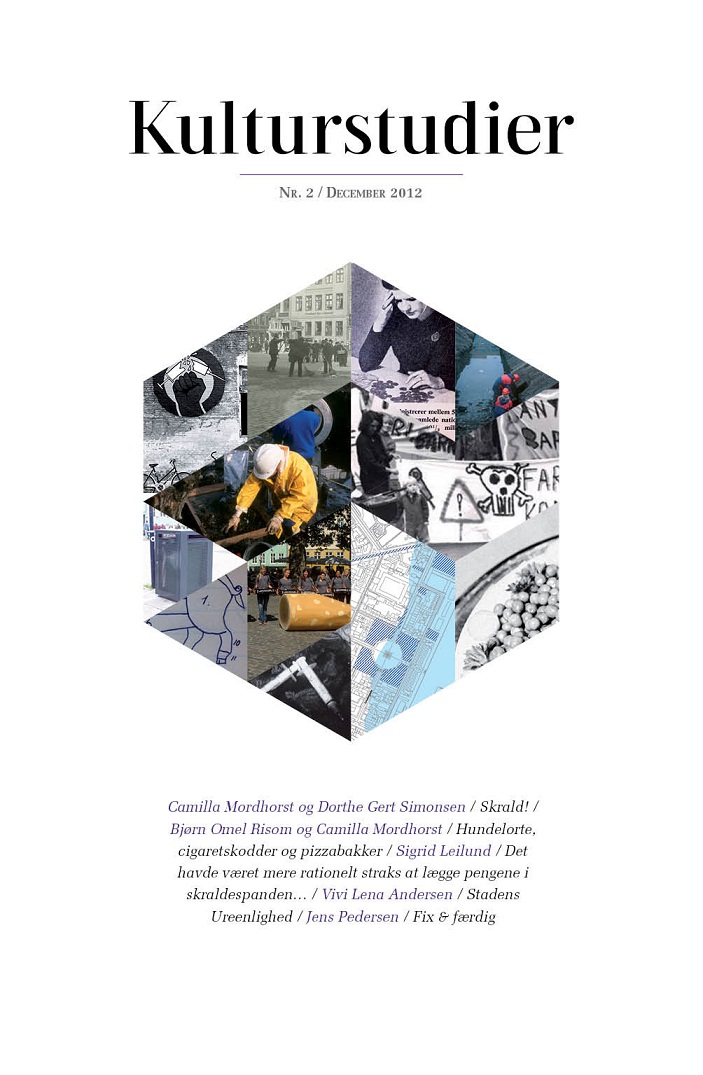Stadens Ureenlighed
DOI:
https://doi.org/10.7146/ks.v3i2.7640Resumé
The uncleanliness of landfill culture in 18th-century Copenhagen
After the discovery of an 18th-century landfill that contained a diversity of well-preserved objects discarded by Copenhageners, about 30 archaeological surveys have since been conducted at a site in the north-central part of the city. This coastal district, called Frederiksstaden, is now known for its prominent mansions and the home of the Danish royal family, but its function as a landfill is rarely mentioned as a phenomenon in stories about the area. From studying the excavated items, this article seeks to explore how they reflect the trash culture during Copenhagen’s Age of Absolutism, as well as to describe the landfill’s appearance and when the need for it arose.
Using the archaeological source material as a base, the study also examined geotechnical, written, cartographic, iconographic and natural-scientific sources in order to achieve a more nuanced understanding of the landfill and to reflect on how the different sources relate to each other. This article argues that getting citizens to adapt to the new system of trash management was a long and challenging process; e.g., according to written sources, the landfill was only supposed to receive household garbage and sweepings from the city’s streets, but the archaeological evidence shows that human waste from latrines was also disposed of there. Other trash items found in the landfill exhibit signs of extensive reuse before having been discarded, which supports statements from other sources.
The most obvious sources for information about the appearance of the landfill – specifically, 18th-century cartography and art – proved not to be worthwhile. Instead, archaeological evidence and written sources provided a better image of the swampy conditions that caused the terrain to even out over time – a process that began in this area during the second half of the 17th century. The need for a centrally-controlled framework to manage garbage seems to be connected to the development of a permanent settlement, the new system of matriculation, an emphasis on ownership and overall population growth, which included the fear and nuisance of disease. This resulted in using a coastal area as a landfill – an area where aristocratic mansions were also built during Copenhagen’s Age of Absolutism.
Downloads
Publiceret
Citation/Eksport
Nummer
Sektion
Licens
Tidsskriftet forbeholder sig ret til førsteudgivelsen, mens ophavsretten til artiklen tilfalder forfatteren.
Artikler udgivet af Kulturstudier licenseret under en Creative Commons Navngivelse-IkkeKommerciel-IngenBearbejdelse 4.0 International Licens





